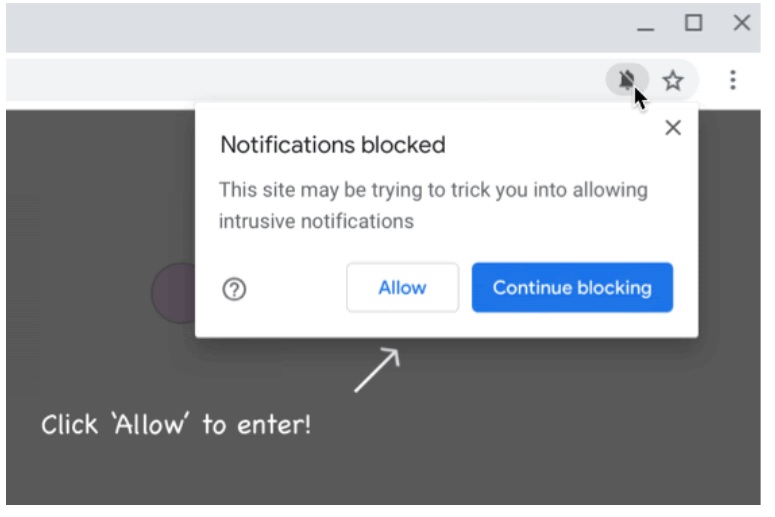The next Google Chrome update will mute abusive push notifications (Update)
The Chrome 84 update will crack down on push notifications

Update on July 15: Finally! After months of pandemic-related delays, the Google Chrome 84 update is now rolling out gradually to all desktop users. Just like Google promised, the Chrome 84 update is cracking down on pesky notification requests. Chrome users can simply click on the bell icon located on the address bar and select “Continue blocking” to permanently block pop-ups from pushy websites. The Chrome 84 update, according to ZDNet, will also warn users about suspicious downloads from HTTP URLs.
Fed up with irksome push notifications? Google hears you loud and clear. The search-engine giant will be cracking down on ill-intentioned notification requests on the next Chrome update, according to a new Chromium blog post.
Google already started taking steps to mitigate abusive push notifications with the Chrome 80 update, but with the next upgrade, Google is really putting its foot down to silence websites that have been flagged as corrupt push-notification offenders.
- Google Chrome's Tab groups is its best feature in years: How to use it
- Google Chrome issues critical security warning for 2 billion users: Here's the fix
- Google Chrome sketchy policy change may expose your personal information
Why is Google cracking down on push notifications?
Egregious push-notification violations are one of the most popular user complaints Google receives about Chrome.
Not all push notifications are nefarious, though. Most websites launch well-intentioned pop ups for the sole purpose of attracting voluntary subscribers who enjoy the platform's content.
Google acknowledges that browser notifications, for the most part, are a quick and easy way for Chrome users to receive useful updates from welcomed websites, such as direct messages from Instagram or updates on your Uber driver's whereabouts.
However, there are some mischief makers on the internet who abuse the push-notification system to deceive visitors, phish for personal information or deploy malware. These are the bad actors Google intends to thwart with the upcoming Chrome update.
Sign up to receive The Snapshot, a free special dispatch from Laptop Mag, in your inbox.
How will Google pinpoint push notification abusers?
To protect Chrome users from malicious push notifications, Google developed a vetting system called the Abusive Notifications Check to determine whether a website's pop-up prompt is malignant. According to the California-based tech giant, abusive push notifications fall into two categories: permission-request issues and notification issues.
"Permission request issues are requests designed to mislead, trick, or force users into allowing notifications," the Chromium blog post wrote. "Notification issues include fake messages that resemble chat messages, warnings, or system dialogs."
An example of a permission-request issue would be a website holding their content hostage until the visitor agrees to subscribe to its push-notification subscription. A scenario that would fall under the notification issues category is a website that sends out push notifications to promote malware.
How will Google stifle push notification abuse?
Chrome will silence push notifications from websites that failed its Abusive Notification Check.
According to the GIFs embedded into the Chromium blog post, Chrome users will receive the following warning message on flagged websites: "This site may be trying to trick you into allowing intrusive notifications."

Google Chrome plans to roll out the new muted push-notification UI for suspicious websites with the Chrome 84 update, which is scheduled to be released on July 14, 2020.
Kimberly Gedeon, holding a Master's degree in International Journalism, launched her career as a journalist for MadameNoire's business beat in 2013. She loved translating stuffy stories about the economy, personal finance and investing into digestible, easy-to-understand, entertaining stories for young women of color. During her time on the business beat, she discovered her passion for tech as she dove into articles about tech entrepreneurship, the Consumer Electronics Show (CES) and the latest tablets. After eight years of freelancing, dabbling in a myriad of beats, she's finally found a home at Laptop Mag that accepts her as the crypto-addicted, virtual reality-loving, investing-focused, tech-fascinated nerd she is. Woot!

